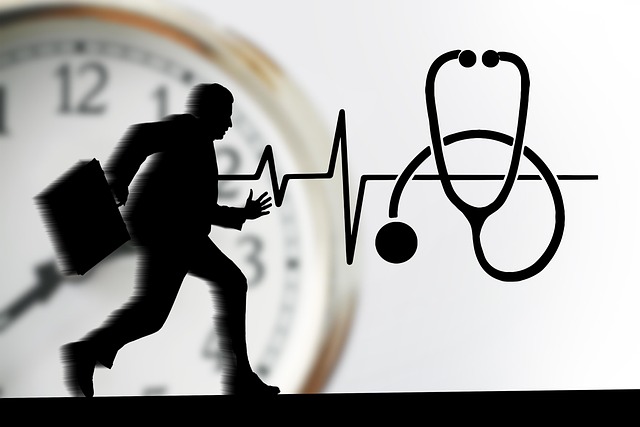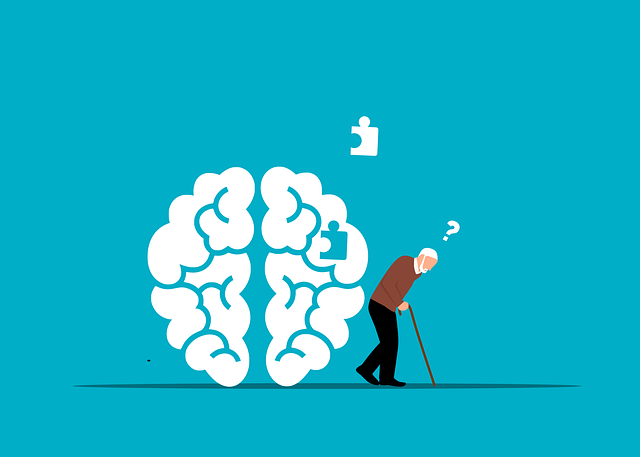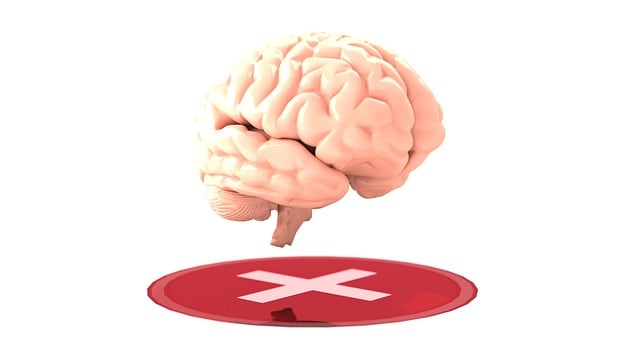Mental wellness journaling, combined with biofeedback techniques, offers adults a powerful tool for self-care and depression prevention. By documenting experiences, feelings, and thoughts, individuals gain valuable insights into emotional patterns and triggers. Biofeedback enhances mindfulness and self-awareness, allowing people to monitor physiological responses during introspection. This promotes emotional regulation, builds resilience, and contributes to overall mental well-being. Effective practice involves dedicated daily writing time, judgment-free expression, and tracking emotional patterns for therapy guidance.
Mental wellness journaling is a powerful self-care practice, offering individuals a safe space to explore their thoughts and emotions. This article guides adults through effective therapy techniques using biofeedback to enhance journaling’s therapeutic benefits. We’ll uncover insights on understanding mental wellness journaling, discover biofeedback methods for stress reduction, and explore strategies for maintaining a consistent practice. Embrace the transformative potential of self-reflection and unlock your journey to improved mental health.
- Understanding Mental Wellness Journaling: Unlocking Personal Insights
- Biofeedback Techniques for Enhancing Journaling Therapy
- Effective Strategies for Maintaining a Therapeutic Journal
Understanding Mental Wellness Journaling: Unlocking Personal Insights

Mental wellness journaling is a powerful tool for adults seeking to unlock insights and improve their mental health. It goes beyond simply writing down thoughts; it’s a form of self-care that encourages introspection, reflection, and emotional understanding. By jotting down experiences, feelings, and thoughts in a private space, individuals can gain valuable perspectives on their mental wellness journey. This practice facilitates the identification of patterns, triggers, and potential issues that may be causing distress or hindering overall well-being.
Through regular journaling, adults can explore different strategies for depression prevention and emotional regulation. It provides a safe haven to express feelings without judgment, fostering empathy building strategies that enhance self-awareness. Research suggests that this therapeutic practice can be an effective complement to traditional therapy for adults, offering biofeedback mechanisms that help individuals better understand their minds and bodies’ responses to various situations.
Biofeedback Techniques for Enhancing Journaling Therapy

Biofeedback techniques offer a powerful tool to enhance journaling therapy for adults. By integrating practices like mindfulness meditation and emotional well-being promotion techniques into your journaling routine, you can gain profound insights into your thoughts and feelings. These techniques encourage self-awareness, allowing individuals to monitor their physiological responses during introspection, thereby fostering resilience building.
For instance, biofeedback can help you recognize the moment when stress or anxiety arises, enabling conscious control over bodily reactions. This awareness facilitates a more thoughtful approach to journaling, encouraging deeper exploration of emotions and thoughts. Through regular practice, these techniques contribute to emotional well-being promotion, making journaling not just a therapeutic exercise but an effective method for managing mental health and cultivating resilience in adults.
Effective Strategies for Maintaining a Therapeutic Journal

Maintaining a therapeutic journal can be a powerful tool for adults seeking to improve their mental wellness. One effective strategy is incorporating biofeedback techniques. Biofeedback involves using sensors to monitor physiological responses, helping individuals gain control over certain bodily functions. This self-regulation skill translates well into journaling, allowing you to track and understand your emotional patterns. For instance, you can document physical sensations associated with stress or anxiety, which will enhance your awareness and provide valuable data for further therapy sessions.
Additionally, effective communication strategies are essential for maximizing the benefits of journaling. Be sure to set aside dedicated time each day for writing, and approach it without judgment. Let your thoughts flow freely; write about any topic that comes to mind. This practice fosters mental health awareness and can serve as a form of crisis intervention guidance when faced with challenging emotions or experiences. Remember, the goal is personal growth, so embrace openness and honesty in your journal entries.
Mental wellness journaling is a powerful tool for adults seeking therapy, offering a means to unlock personal insights and enhance emotional well-being. By combining journaling with biofeedback techniques, individuals can gain deeper understanding of their thoughts and feelings, leading to more effective therapeutic outcomes. Through consistent practice and implementation of the strategies outlined in this guide, maintaining a therapeutic journal becomes an accessible and beneficial habit that supports mental health and personal growth.









